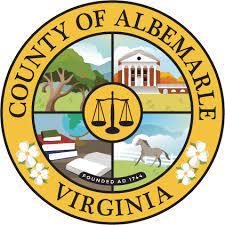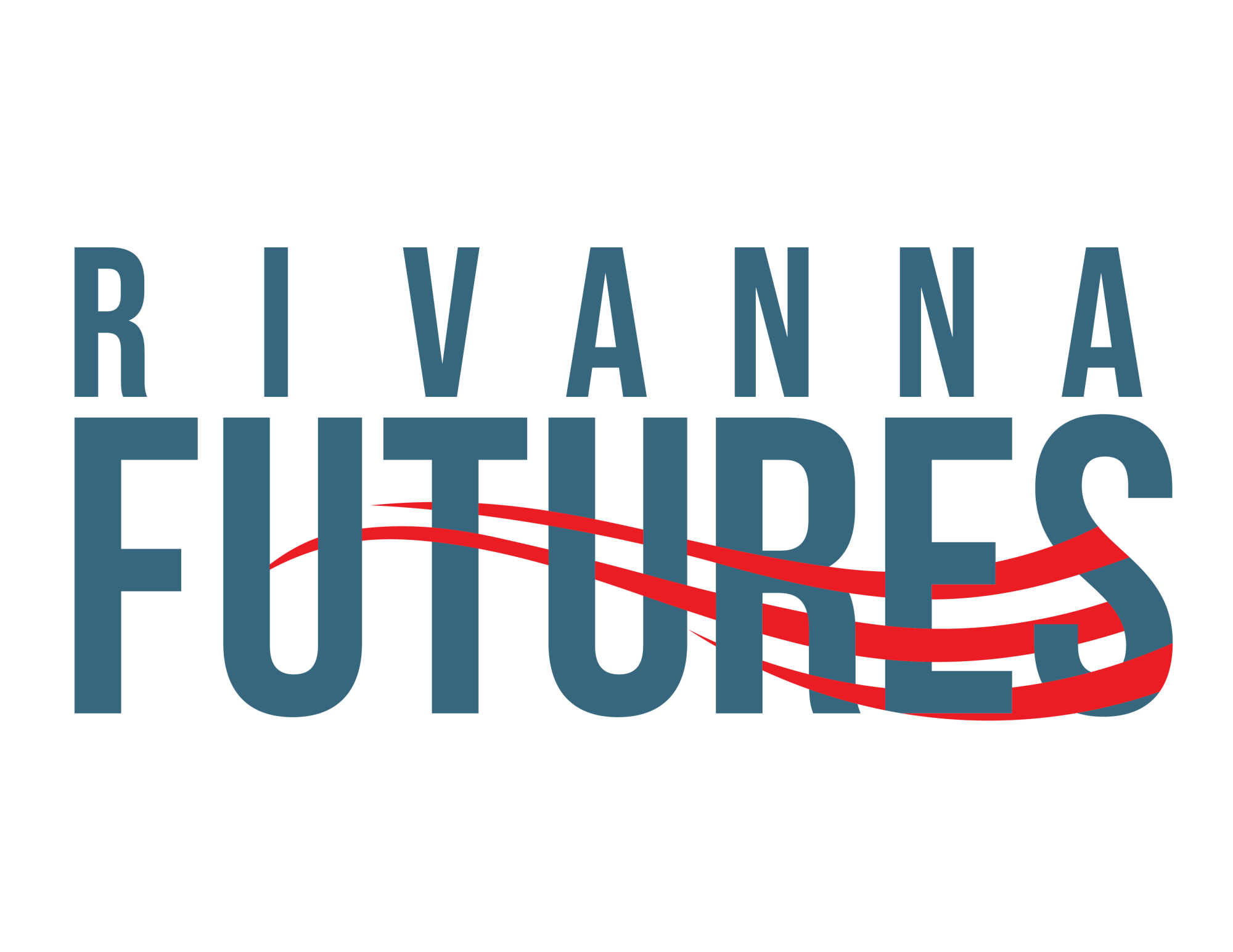The head of Charlottesville Area Transit had a message to the Albemarle Board of Supervisors earlier this month about the status of a long-awaited transportation initiative.
“We are working in earnest to get your microtransit project up and running,” said Garland Williams, CAT’s director.
In a few months, vehicles branded as microCAT will begin to carry passengers on an on-demand basis within two specific Albemarle growth areas. The service is expected to launch on October 30 according to a project manager with the firm VIA
“We are not only going to make sure that the service is at 100 percent when we launch on the 30th but we’re also going to work very closely with the county and CAT to make sure that we are analyzing data and making improvements and being as flexible as possible to adjustments and needs of the community,” said Alejandro Miranda.
This project has been in the works for several years.
“The county funded a study several years ago in partnership with [Charlottesville Area Transit] and the [Thomas Jefferson Planning District Commission] around microtransit,” said Deputy County Executive Trevor Henry. “We evaluated three areas including the two we moved forward with.”
They are U.S. 29 north of Rio Road and Pantops. The county opted not to pursue microtransit to Monticello. The study led to a grant from the Virginia Department of Rail and Public Transportation to run a one-year pilot.
“And it’s called a demonstration grant,” Henry said. “The county certainly has skin in the game with just under $400,000 as a local match. All of that work has been funded with Charlottesville Area Transit as our program manager.”
Charlottesville put out a request for proposals for firms to run the operation and there were four responses. Henry said three of them were national companies and the city selected VIA to deliver the project. Williams said the firm suggests they may be able to exceed the original scope without additional cost to the community.
“VIA has come on board and basically looked at it and said that with the available vehicles that they’re going to supply, they believe they can make connections not just in the two areas but the two areas will be connected,” Williams said. “So if you’re in Pantops you will be able to travel to the 29 North corridor. And from the 29 North Corridor to Pantops.”
As part of the contract, VIA will provide vehicles, drivers, and the software needed to route the vehicles to where passengers want to go.
“In addition to the software, our operational expertise which comes from operating over 50 services across the world and over 40 in the United States comes with our marketing team expertise,” said Jake Bortz with Via. “Marketing is a big focus and we know that can a challenge in starting a new service.”

Bortz said the user experience with booking rides needs to be as easy to use as possible and will look like the interface used with Uber or Lyft.
“We know folks are familiar with that type of interface and so what you would do is either tap on the screen or put in your pickup address or it can take your current location and automatically input that, select where you want to go,” Bortz said. “Assuming that’s in the zone or in the other zone and a ride what we would to serve, you will receive a proposal. You can accept the proposal which of course will be fare free at the launch of the program with flexibility later down the line.”
Bortz said the interface will provide an estimate time until the vehicle arrives, the color of the vehicle, and the name of the driver. These will not be buses, but Toyota Sienna hybrids some of which are wheelchair accessible.
A good portion of the marketing will be through social media according to Miranda.
“Then we’re going to continuously drive optimization of engagement through a website that we are going to create for the county and that’s going to be one of the main four pillars of how to put the word out there,” Miranda said.
The second pillar will be to work with community organizers to get the word out. Another pillar is to talk to the press.
The system will be tested through October 22.
“It’s when we make sure that we’re doing quality assurance and that the launch we’re about to put out to the community is in perfect shape before it goes live,” Miranda said.
People will also be able to call in to ask for service to a call center located in the United States.


Before you go: The time to write and research of this article is covered by paid subscribers to Charlottesville Community Engagement. In fact, this particular installment comes from the September 29, 2023 edition of the program. To ensure this research can be sustained, please consider becoming a paid subscriber or contributing monthly through Patreon.














